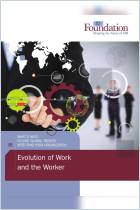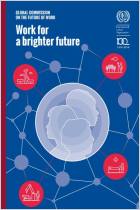
Read or listen offline
Recommendation
This in-depth research from the World Bank covers the latest on developing world employment: the economic, political and social aspects of what constitutes work in many emerging nations. The text precisely defines a concept – a job – that is difficult to pin down, given the myriad ways people labor and the complex significance that work has for human beings. The team of World Bank analysts who compiled this study uses its wide-ranging data to press the case for better developmental policies that will facilitate job growth and enhance the jobs that millions already perform worldwide. getAbstract recommends this far-reaching report to economists, policy makers and executives who want to understand how to address one of the 21st century’s biggest economic and social challenges: jobs.
Take-Aways
About the Author
The World Bank, operating as the International Bank for Reconstruction and Development and the International Development Association, works with member nations to fight global poverty.
















Comment on this summary or Start Discussion
Kind regards,
Deirdre Cody (editor at getAbstract)